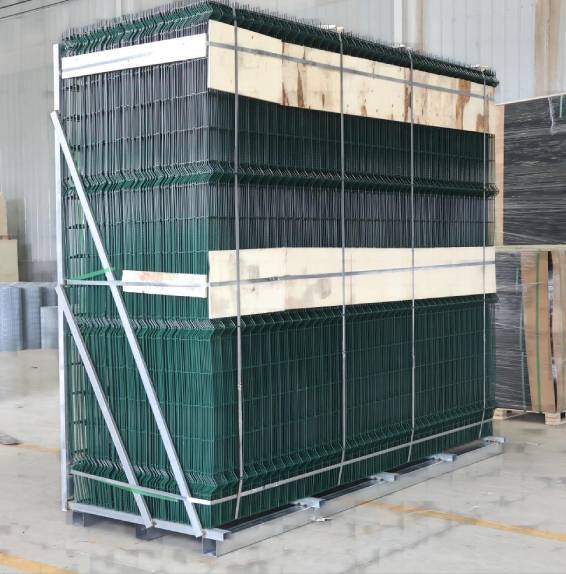Innovative Solutions for Poultry Enclosures and Their Benefits for Chicken Farming
Understanding Wire for Chickens A Guide for Poultry Enthusiasts
Raising chickens has become a popular hobby for many, providing both fresh eggs and companionship. However, creating a safe and comfortable environment for these birds is crucial for their well-being and productivity. One important aspect of setting up a chicken coop or run is choosing the right type of wire to ensure the safety and security of the chickens. This article delves into the various types of wire available for chickens, their applications, and best practices for installation.
Types of Wire for Chickens
1. Chicken Wire Chicken wire, also known as poultry netting, is a lightweight fencing material made from hexagonal holes in a galvanized steel or plastic coating. It is primarily used to enclose chicken runs and provide a barrier against predators. While chicken wire is effective for keeping chickens contained, it is not the best choice against determined predators such as raccoons or foxes, as they can easily tear through it.
2. Hardware Cloth For a more secure option, hardware cloth is highly recommended. Made from welded wire, hardware cloth features smaller openings often measuring ¼ inch, making it nearly impossible for smaller predators to penetrate. Its robust design ensures that it can withstand a variety of environmental conditions, making it an ideal choice for the flooring, walls, and roofs of chicken coops and runs.
3. Electric Fencing Electric fencing offers an additional layer of protection for chickens. This type of fencing uses a low voltage electric current to create a shock when animals attempt to breach the boundaries. Electric fencing is particularly effective in deterring larger predators and can be used in conjunction with other types of wire for enhanced security.
Best Practices for Installation
wire for chickens

When setting up wire fencing for chickens, there are several best practices to ensure maximum protection and longevity
- Depth and Anchoring When installing fencing underground, make sure to bury it at least 12 inches deep to prevent digging predators. You can also bend the bottom of the wire outward in an L-shape to create an underground barrier.
- Height Matters Ensure that the fencing is tall enough to prevent chickens from flying or jumping out while also keeping predators from reaching in. A height of at least 6 feet is generally recommended for runs.
- Regular Maintenance Over time, wear and tear can occur. Regularly inspect the fencing for rust, tears, or signs of predator activity. Prompt repairs will help maintain a secure environment for your birds.
- Combine Types of Wire For optimal protection, consider using a combination of different types of wire. For example, using hardware cloth for the walls and roof while surrounding the run with sturdy chicken wire can offer varying levels of defense.
Conclusion
Choosing the right wire for chickens is crucial for creating a secure and nurturing environment. With options like chicken wire, hardware cloth, and electric fencing, poultry enthusiasts can effectively protect their flocks from predators while allowing them to roam and thrive. By following best installation practices and maintaining the fencing, you can enjoy a healthy and productive chicken-raising experience for years to come.
-
Space-Saving Chain Fence Hacks Vertical Gardening with Cyclone MeshNewsJul.16,2025
-
Innovations in Iron Nail Wire Production for Modern ConstructionNewsJul.16,2025
-
Creative Uses of Wire Netting Fence in Modern Landscape DesignNewsJul.16,2025
-
Barbed Wire Fence Innovations in Anti-Climb TechnologyNewsJul.16,2025
-
Architectural Uses of Umbrella Nails for Aesthetic Roof DesignsNewsJul.16,2025
-
Architectural Uses of Razor Barbed Wire in Secure Urban DesignNewsJul.16,2025




